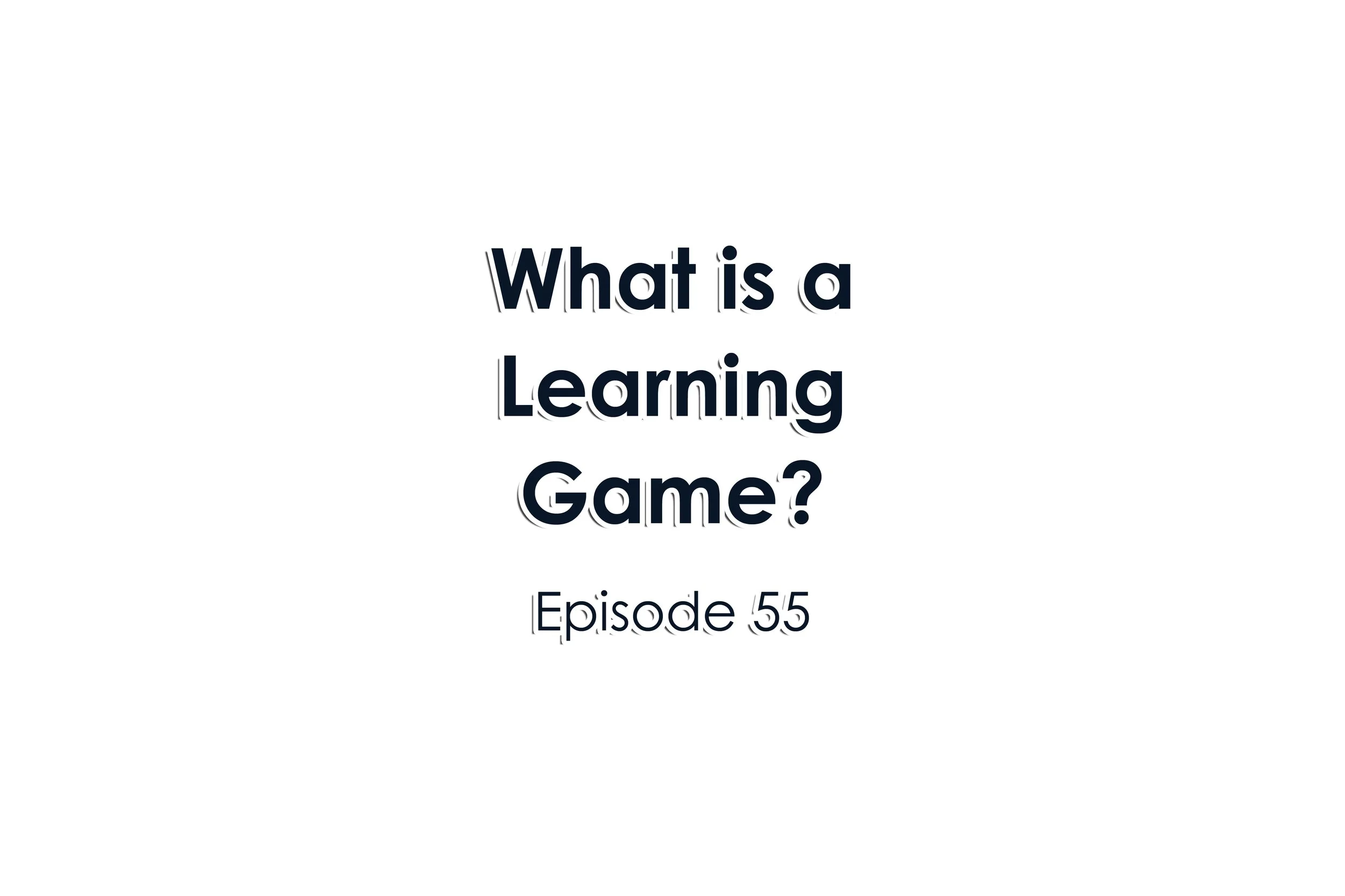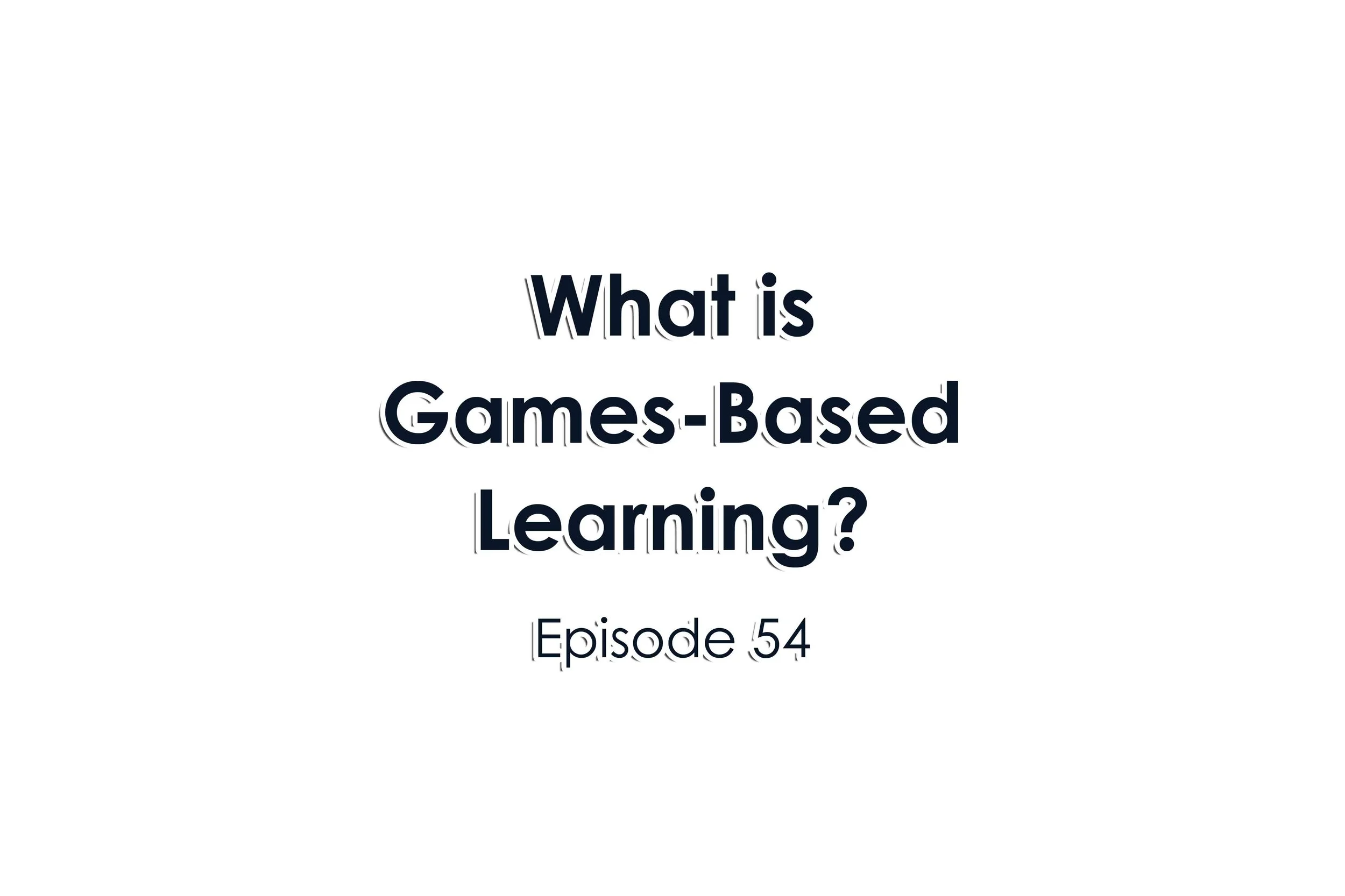On today’s episode, we’ll answer the question “What are Tactics?” Tactics are one of those concepts often discussed by gamers and designers alike. Especially when it comes to addressing playstyles, design, and competition. Tactics are often compared to strategy in this regard. But what exactly are tactics and how do they compare against strategy and strategic decisions?
Read MoreOn today’s episode we’ll cover how players create meaning in games. Creating and making meaning is something that everyone does at every point of their day. Creating meaning is one of the hallmarks of sentience. We think, therefore we are. But what exactly is meaning? How does meaning making occur? How does meaning making relate to games-based learning?
Read MoreOn today’s episode we’ll answer the question “How many players should a game include?” Playing games often means playing with other people. That means that we often take into account how many players a game accommodates before we begin. But what kind of impact does the player count have in games? How many players should a game include?
Read MoreOn today’s episode we’ll answer the question: “What is Grokking?” You may have heard the word “Grok” before but may not have known what it meant. Grokking is used by different people and in different contexts. Usually, people use the term to convey thoroughly understanding and interaction with a game or system. But, the origins of the word; how it’s used; and its application to games and games-based learning is diverse and fascinating
Read MoreThis episode will provide an overview of self-determination theory and how the three needs of autonomy, competency, and relatedness influence player motivation. Intrinsic vs. extrinsic motivation will be discussed in addition to how feedback loops affect the player experience. Self-determination theory in its application to both games and games-based learning will be shared. Self-determination theory’s applications outside of games and teaching will also be discussed.
Read MoreWe may play games for various reasons. One of the reasons why we play games is to escape. We escape to a faraway place that is different and distinct from the place that we call reality. That type of escape is into the “magic circle” of games. The magic circle is a place where different rules that govern our existence, actions, and consequences apply
Read MoreUsing games as a medium for learning is called games based learning. Often times these games are created from the ground up to be used for teaching and learning. These are usually simulations or serious games. However, games can also be adapted for educational purposes. These are called learning games.
Read MoreOn today’s episode we’ll answer the question: “What is Games-Based Learning?” Games are pretty ubiquitous. You can find them in most places. I tend to really love my table top game collection; but there are other gamers who are as easily attached to their mobile phones; tablets; PC’s or consoles.
Read MoreOn today’s episode we’ll answer the question “What is Sandbagging?” Competition can be a great concept in a game. We all start out with the same setup or resources, and then, through the structure of the game; its mechanics; and dynamics we discover a victor who has rightfully defeated us all.
Read MoreOn today’s episode we’ll cover socializing games. Games are powerful tools that can be used to help students achieve their learning outcomes. That is the focus of games-based learning. Many educators have relied on games, in whole or in part, to help their students grow.
Read MoreOn today’s episode we’ll cover building soft skills with games. Games are capable of helping students learn any number of different skills. Likewise, simulations can be used to help students learn something more intuitively than they would from traditional classroom instruction.
Read MoreOn today’s episode we’ll cover abstraction in games. Abstraction is not something that we often think about deeply when we play games. Most of us play games for fun. That’s what most games are for. But abstraction is the heart of what makes games… games.
Read MoreOn today’s episode we’ll cover achievements in games. Achievements in life are a way to commodify what we’ve accomplished. Some can say that achievements are the way that we commemorate a major life moment or event. But achievements in games are different. While we might recognize most of them occurring in video games; there are other ways to award achievements to players in games.
Read MoreOn today’s episode we’ll cover Weaknesses of Games Based Learning. Games-based learning is a serious method for us to meet the needs of our students in way that is both engaging and impactful. However, there are still some limitations to games-based learning that need to be considered before educators can use it in practice.
Read MoreOn today’s episode we’ll cover how we learn through games by making more mistakes. Mistakes happen to be just one part of life. They are something is common to anyone anywhere. We’ve all made mistakes at some point in our lives. Games are no different. In fact, games are hot beds for mistakes.
Read MoreOn today’s episode we’ll cover the “flow state” we experience when playing games. Engaging in a state of “flow” is one of the most mesmerizing things that your players can do. They are engaged with your game. They are performing at the top of their ability. They are so engrossed that they begin to lose track of time.
Read MoreOn today’s episode we’ll cover game dynamics. Dynamics and loops are some of the most important elements of your game design. When thinking about your game dynamics it’s important to consider the following two questions: 1) What actions can players take? 2) How do those actions help them achieve the game objectives?
Read MoreOn today’s episode we’ll cover Player Interaction. Player interaction is an important characteristic to consider when designing games. The designer has to answer the questions “How is the player going to interact with the game? How will the player interact with other players? What kind of decisions can the player make?” All of these questions should be answered when designing for player interaction.
Read MoreOn today’s episode we’ll cover the relationship between play and work. Games are a type of work if you think about it. We invest our time in games. We give games our attention. We give games our mental capacity. But why do we do that?
Read MoreOn today’s episode we’ll cover the differences and similarities between Narratives, Toys, Puzzles, and Games. Narratives, toys, puzzles, and games all share some similar characteristics. But what makes them different and how do games tie them all together?
Read More



















